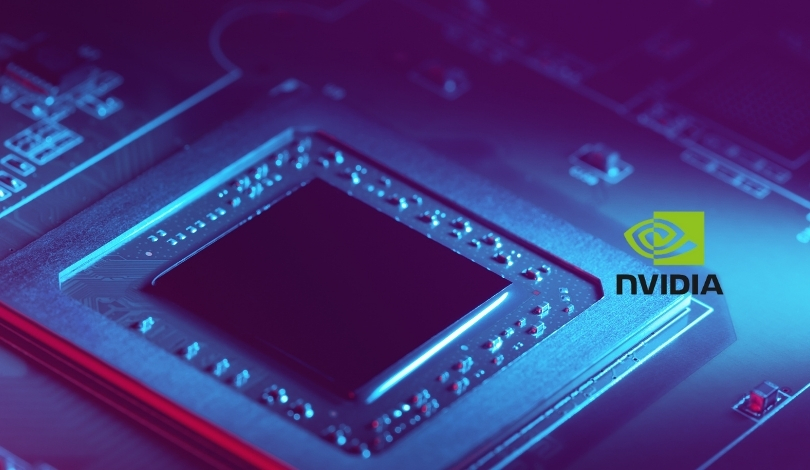Tech enthusiasts and industry experts are gearing up for the release of Nvidia‘s anticipated graphics card. However, there is apprehension surrounding its specifications, particularly the memory, which could draw negative attention. While Nvidia’s past products have mostly received positive feedback, this card’s memory choices are a point of contention. Many experts had anticipated a more powerful setup given the increasing demand for high-performance machines in gaming and professional environments. Discussions in tech forums are abuzz, with analysts debating the possible implications of this decision on Nvidia’s market standing.
Nvidia has a reputation for delivering high-performance graphics cards that cater to gamers and professionals alike. Recent releases boasted impressive memory configurations, aligning with the trend of enhancing user experiences. Reports of the upcoming card’s lower memory capacity have caused surprise, especially when compared to previous models that showcased significant leaps in performance. The tech community’s response indicates a mismatch between expectations and the existing specifications of the card.
Why Is Memory Capacity Crucial?
The outcry regarding the memory capacity stems from its critical role in graphics card performance. For gamers, especially those indulging in high-definition or virtual reality content, memory can dictate the smoothness and quality of gameplay. Professionals relying on graphically intensive applications also require robust memory support to handle complex visual tasks without lag. With this card, concerns arise that the lower memory will bottleneck performance, making it less attractive to Nvidia’s typical enthusiast demographic.
How Is Nvidia Responding?
Nvidia has stated that this card is engineered to balance price and performance.
The company may target a different segment that prioritizes cost-effective solutions over sheer power. For Nvidia, offering varied solutions across different price points could help them expand their customer base. However, such decisions carry risks, including alienating loyal users who expect cutting-edge technology.
What Could This Mean for Nvidia’s Market Position?
Nvidia’s strategic choice with the memory might impact its market share and brand perception. Industry observers speculate on whether this might sway consumers towards competitors offering higher-spec alternatives. The tech industry’s rapidly increasing requirements for higher performance further highlight the surprising decision. Although Nvidia’s brand strength might buffer immediate repercussions, long-term effects are uncertain.
Overall, Nvidia’s graphics card decision raises eyebrows within the tech community. The focus largely remains on whether the memory capacity aligns with modern consumer needs. As technology progresses, firms like Nvidia must remain agile and responsive to shifts in consumer and industry expectations. Balancing affordability with performance is a delicate task, demanding constant recalibration based on user experiences and feedback. Looking forward, this release may inform future design strategies within Nvidia and spark discussions on where to draw the line between cost and capability in tech products.










